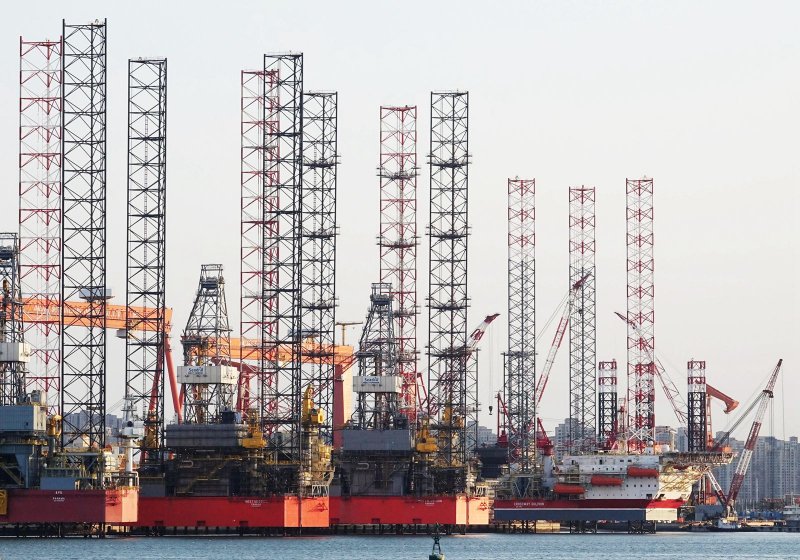China steel jumps 3 pct after capacity cuts, glut drags iron

MANILA, June 15 Chinese rebar steel futures climbed 3 percent to a two-week high on Thursday after authorities said the world's top producer has achieved 85 percent of its capacity reduction target this year while rising supply limited gains in raw material iron ore.
China said it has cut 42.4 million tonnes of steel capacity by end-May as part of efforts to tackle pollution and a stubborn glut.
Demand has also been strong, particularly for construction steel products like rebar, fattening profit margins of Chinese producers to their biggest in years as Beijing boosts infrastructure spending to spur growth.
"Demand for steel products in China is still at a good level," said a Shanghai-based trader.
The most-active rebar on the Shanghai Futures Exchange was up 2.7 percent at 3,078 yuan ($453) a tonne by 0240 GMT. It peaked at 3,098 yuan earlier in the session, its strongest since June 2.
"In view of stable economic conditions with sustained growth in industrial production and consumption, we are positive on steel demand in China," Argonaut Securities analyst Helen Lau said in a note.
The spike in steel prices helped lift iron ore, although gains in the steelmaking commodity were much smaller.
The most-traded iron ore on the Dalian Commodity Exchange rose 0.4 percent to 422 yuan per tonne. That was not far from Wednesday's seven-month low of 412.50 yuan.
"There are too many iron ore cargoes available and steel mills don't have any difficulty buying cargoes at any time," said the Shanghai trader.
Stockpiles of imported iron ore at China's ports reached 140.05 million tonnes on June 9, the most since 2004, according to data tracked by SteelHome consultancy. SH-TOT-IRONINV
Iron ore for delivery to China's Qingdao port .IO62-CNO=MB rose 2 percent to $54.43 a tonne on Wednesday, a day after falling to its weakest in a year, according to Metal Bulletin. The spot benchmark has lost 31 percent this year.

